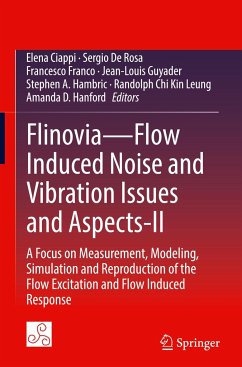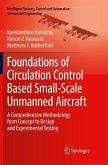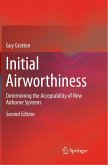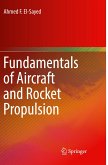This is the proceedings of the Second International Workshop on Flow Induced Noise and Vibration (FLINOVIA), which was held in Penn State, USA, in April 2016. The authors' backgrounds represent a mix of academia, government, and industry, and several papers include applications to important problems for underwater vehicles, aerospace structures and commercial transportation. The book offers a valuable reference guide for all those working in the area of flow-induced vibration and noise.
Flow induced vibration and noise (FIVN) remains a critical research topic. Even after over 50 years of intensive research, accurate and cost-effective FIVN simulation and measurement techniques remain elusive. This book gathers the latest research from some of the most prominent experts in the field.
The book describes methods for characterizing wall pressure fluctuations, including subsonic and supersonic turbulent boundary layer flows over smooth and rough surfaces using computational methods like Large Eddy Simulation; for inferring wall pressure fluctuations using inverse techniques based on panel vibrations or holographic pressure sensor arrays; for calculating the resulting structural vibrations and radiated sound using traditional finite element methods, as well as advanced methods like Energy Finite Elements; for using scaling approaches to universally collapse flow-excited vibration and noise spectra; and for computing time histories of structural response, including alternating stresses.
Flow induced vibration and noise (FIVN) remains a critical research topic. Even after over 50 years of intensive research, accurate and cost-effective FIVN simulation and measurement techniques remain elusive. This book gathers the latest research from some of the most prominent experts in the field.
The book describes methods for characterizing wall pressure fluctuations, including subsonic and supersonic turbulent boundary layer flows over smooth and rough surfaces using computational methods like Large Eddy Simulation; for inferring wall pressure fluctuations using inverse techniques based on panel vibrations or holographic pressure sensor arrays; for calculating the resulting structural vibrations and radiated sound using traditional finite element methods, as well as advanced methods like Energy Finite Elements; for using scaling approaches to universally collapse flow-excited vibration and noise spectra; and for computing time histories of structural response, including alternating stresses.








